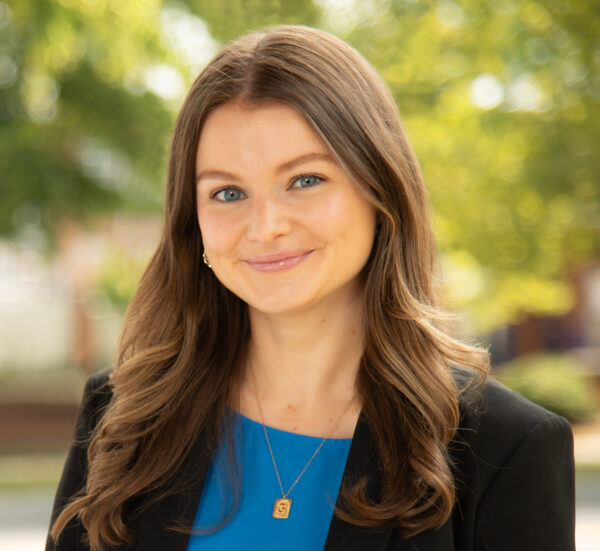Amid the Bay Area’s recent record-breaking heat wave, the City of San Francisco took the opportunity to launch a heat mapping effort to collect data on the impacts of extreme heat.
The National Oceanic and Atmospheric Association (NOAA) sponsored the project, called Urban Heat Watch, which was led by more than 30 volunteers.
“We’re collecting on-the-ground data on how different neighborhoods experience heat and humidity, and when overlaid on what we know about where our vulnerable populations are located, will become a powerful tool to protect against extreme heat conditions,” City Administrator Carmen Chu said in a press release.
“This effort recognizes that heat doesn’t impact our city’s residents equally and as climate change continues to accelerate, helps us make smart and targeted decisions on where to invest in cooling centers, or even where to plant new street trees to cool down,” Chu added.
Extreme heat is the leading weather-related cause of death in the United States, killing over 700 people per year. As climate change contributes to more frequent and longer heat waves, those living in urban heat islands or very rural neighborhoods are disproportionately affected – as are Native American and Black communities, according to the Centers for Disease Control and Prevention (CDC).
In the City of San Francisco, green space, tree canopy, pavement, and buildings, can create neighborhood-level heat islands that drive health inequities.
As part of the Urban Heat Watch initiative, the volunteers installed heat sensors on their vehicles and drove 12 different routes across San Francisco neighborhoods at 6 a.m., 3 p.m., and 7 p.m on Sept. 2. The sensors were able to collect neighborhood-specific heat and humidity data, which will be used to create heat maps and inform future city planning efforts.
According to the press release, the project was a cross-collaborative initiative bringing together multiple city agencies, including the Office of Resilience and Capital Planning, Department of Public Health, Department of Emergency Management, and Department of the Environment—and two community-based nonprofits, Brightline Defense and NICOS Chinese Health Coalition.
“Extreme heat events reveal the public health inequities that exist in our city, leaving seniors, people with pre-existing health conditions, and those without access to cooling especially vulnerable,” said Director of Health, Dr. Grant Colfax. “We look forward to examining the data that Urban Heat Watch will provide to learn how we can better support those who are at higher risk.”
